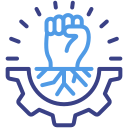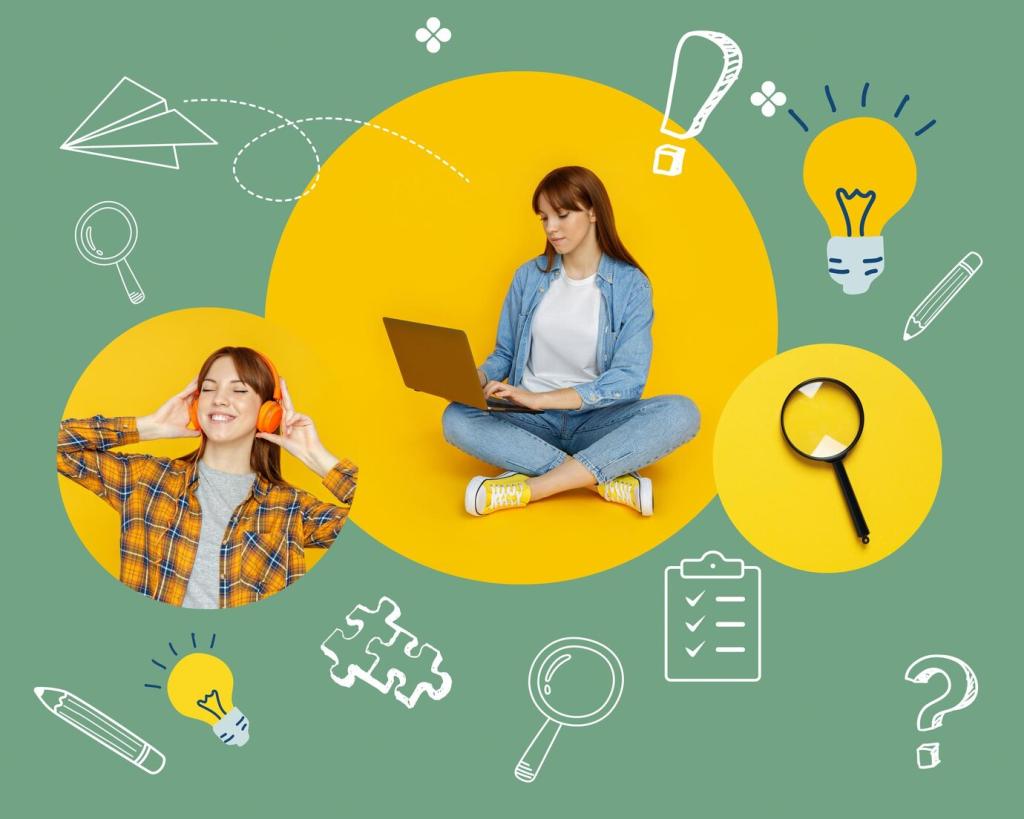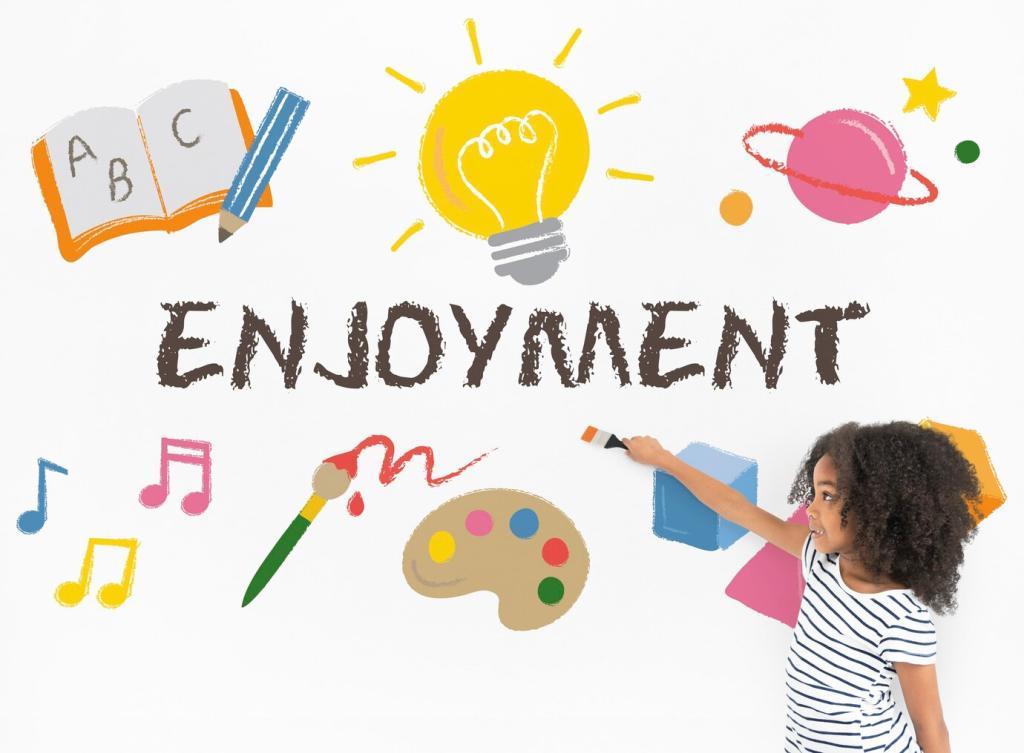Sustaining Momentum and Community
Adopt short, ongoing workshops where teachers bring student data, test ideas, and leave with one actionable tweak. Celebrate small wins and share templates so progress compounds. Invite students to co-present insights about which supports truly help them learn best.
Sustaining Momentum and Community
Offer quick orientation videos and plain-language explanations of dashboards. Provide conversation starters so families can discuss goals at home. Transparency builds trust, and trust fuels sustained personalization, especially when learners navigate new responsibilities and choices.








